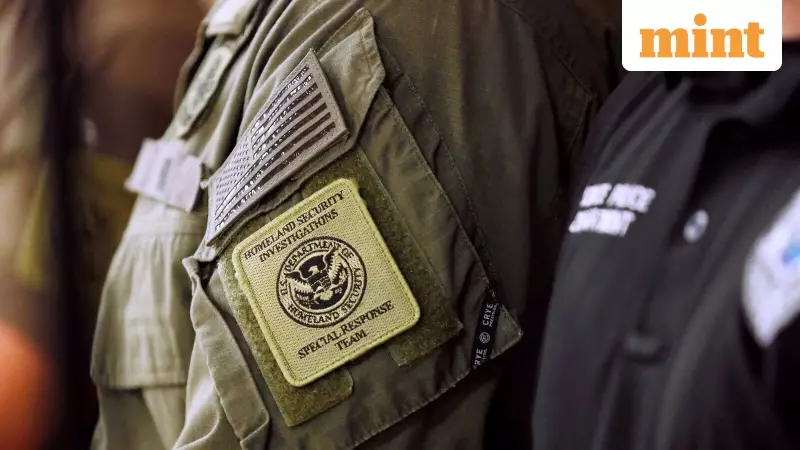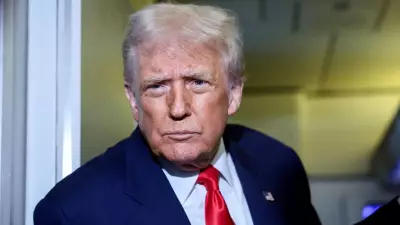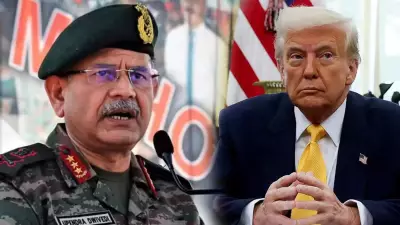
The Trump administration is rapidly building what critics describe as a national police force answerable directly to the president, with plans to hire 10,000 deportation officers by year-end through aggressive recruitment tactics including signing bonuses up to $50,000 and student loan assistance.
Chicago Operations Spark Brutality Allegations
Testimony in Judge Sara Ellis's Chicago courtroom on November 5th revealed disturbing accounts of federal immigration agents pointing guns at civilians and tear-gassing residential streets during what the Department of Homeland Security calls Operation Midway Blitz. The operation allegedly targets criminal illegal aliens, but protesters described a different reality.
Leslie Cortez from Cicero, a Chicago suburb, testified about filming immigration agents making arrests at a Home Depot. She told the court an officer aimed their weapon at her after detainees had already been removed. I could see inside the barrel of the gun, she stated, describing the terrifying encounter.
DHS claims its agents use force only after being assaulted by protesters, but bystander videos contradict this narrative. Border Patrol official Gregory Bovino, who leads the operation, has been filmed personally tackling and tear-gassing protesters. During deposition, he described Border Patrol's use of force in Chicago as more than exemplary.
Creating a Frankenstein Task Force
When Donald Trump began his mass deportation campaign, Immigration and Customs Enforcement had limited resources focused on finding criminals rather than maximizing arrests. The administration's solution has been to divert nearly 15,000 federal officers from other agencies including Border Patrol and FBI to assist with immigrant arrests in cities.
Jason Houser, former ICE chief of staff, calls this new entity a Frankenstein task-force. What began as deportation acceleration has evolved into what appears to be a national police force that critics say intimidates residents in Democrat-run cities as much as it targets undocumented migrants.
You're not going to arrest illegal immigrants by marching down the street in full battle regalia, noted a former DHS official. It's intended to be an intimidation tactic.
Massive Funding and Expansion Plans
The force is set to grow significantly with the One Big Beautiful Bill allocating $170 billion to strengthen immigration enforcement. Most funds will go to ICE and Customs and Border Protection, Border Patrol's parent agency.
DHS wants to hire 10,000 deportation officers by December 31st, offering unprecedented incentives. Tricia McLaughlin, DHS spokesperson, confirmed the department received over 175,000 applications and extended 18,000 job offers already.
Combining new ICE recruits with existing agents means over 30,000 federal officers could soon work on immigration enforcement in American cities—nearly matching the size of New York City's police department, the nation's largest.
Gregory Bovino has hinted that New York City is next for operations, telling agents in a video posted to X in September: We're taking this show on the road to a city near you.
Constitutional Concerns and Legal Challenges
Border Patrol agents, accustomed to chasing smugglers in southwestern deserts, now operate in urban environments where constitutional rights of American citizens take priority. A former DHS official explained that Border Patrol has long been considered a paramilitary organisation with tactical units resembling military Special Forces.
The consequences have been severe: at least three immigrants died while fleeing federal agents, with several others shot. In Durango, Colorado, an immigration agent was filmed grabbing a protester by her hair, choking her, and throwing her to the ground.
Judge Sara Ellis, an Obama appointee, ordered restrictions on use of force against protesters and journalists unless objectively necessary to stop an immediate threat. She determined Bovino lied under oath about being hit with a rock to justify tear-gassing protesters, now requiring him to wear a body camera.
Despite the ruling, heavily armed agents continued operations in Chicago's Little Village neighborhood two days later with weapons drawn, demonstrating the challenges of controlling this rapidly expanding federal force.





